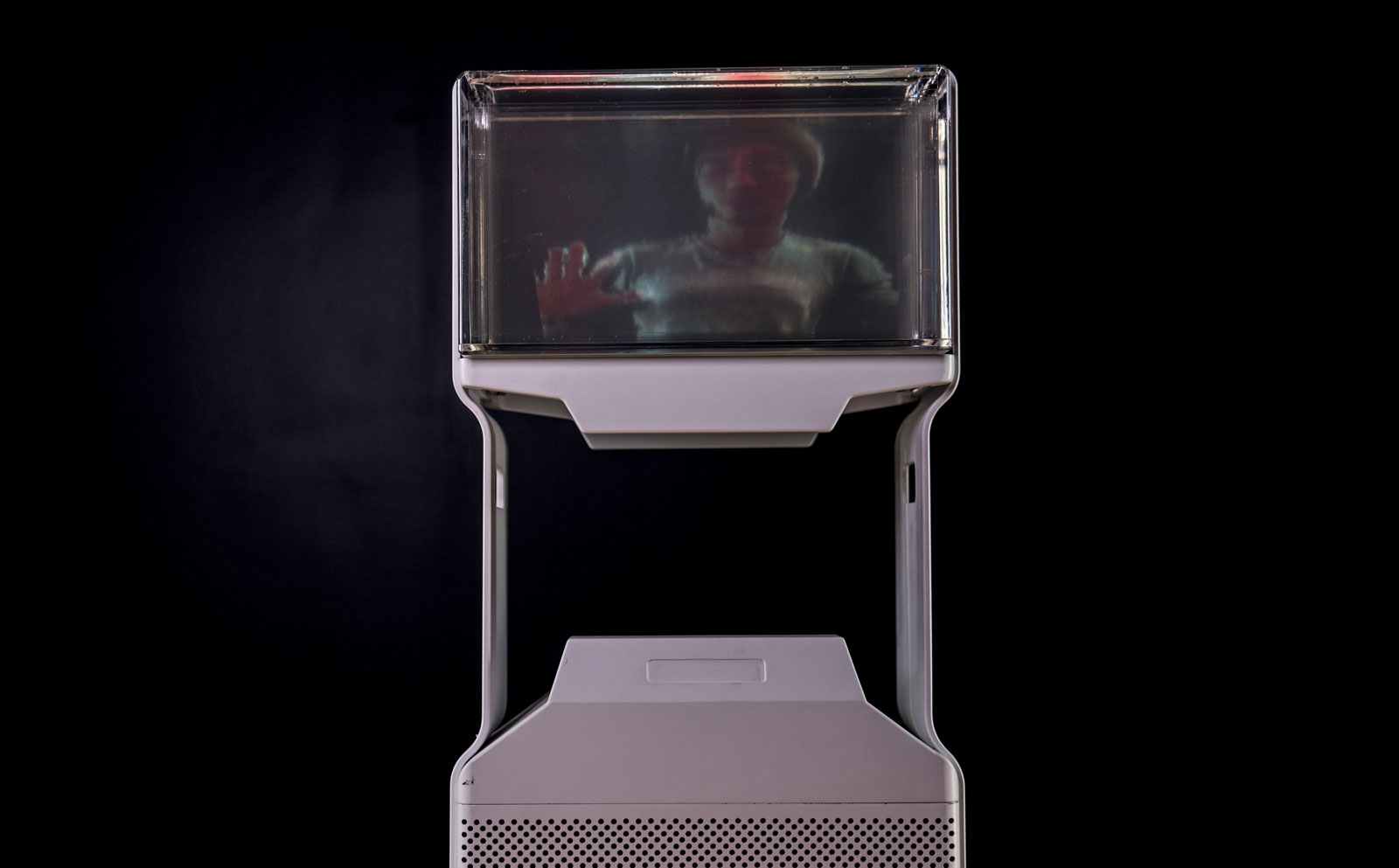
Glasses-free 3D may be the next logical step in TV's evolution, but we have yet to see a convincing device make it to market that doesn't come along with a five-figure price tag. The sets that do come within range of tickling our home theater budgets won't blow you away, and it's not unreasonable to expect that trend to continue through the next few product cycles. A dramatic adjustment in our approach to glasses-free 3D may be just what the industry needs, so you'll want to pay close attention to the MIT Media Lab's latest brew. Tensor Displays combine layered low-cost panels with some clever software that assigns and alternates the image at a rapid pace, creating depth that actually looks fairly realistic. Gordon Wetzstein, one of the project creators, explained that the solution essentially "(takes) the complexity away from the optics and (puts) it in the computation," and since software solutions are far more easily scaled than their hardware equivalent, the Tensor Display concept could result in less expensive, yet superior 3D products.
We caught up with the project at SIGGRAPH, where the first demonstration included four fixed images, which employed a similar concept as the LCD version, but with backlit inkjet prints instead of motion-capable panels. Each displaying a slightly different static image, the transparencies were stacked to give the appearance of depth without the typical cost. The version that shows the most potential, however, consists of three stacked LCD panels, each displaying a sightly different pattern that flashes back and forth four times per frame of video, creating a three-dimensional effect that appears smooth and natural. The result was certainly more tolerable than the glasses-free 3D we're used to seeing, though it's surely a long way from being a viable replacement for active-glasses sets -- Wetzstein said that the solution could make its way to consumers within the next five years. Currently, the technology works best in a dark room, where it's able to present a consistent image. Unfortunately, this meant the light levels around the booth were a bit dimmer than what our camera required, resulting in the underexposed, yet very informative hands-on video you'll see after the break.
Continue reading MIT Media Lab's Tensor Displays stack LCDs for low-cost glasses-free 3D (hands-on video)
Filed under: Displays, Home Entertainment
MIT Media Lab's Tensor Displays stack LCDs for low-cost glasses-free 3D (hands-on video) originally appeared on Engadget on Thu, 09 Aug 2012 14:16:00 EDT. Please see our terms for use of feeds.
Permalink |
 MIT Media Lab
MIT Media Lab |
Email this |
Comments
 Just when we were running out of things to throw our money at, along comes a new product nobody actually asked for. Startup Looking Glass made a "personal volumetric display" called Volume that it says will let you see VR (or really, 3D content) with...
Just when we were running out of things to throw our money at, along comes a new product nobody actually asked for. Startup Looking Glass made a "personal volumetric display" called Volume that it says will let you see VR (or really, 3D content) with...
 Just when we were running out of things to throw our money at, along comes a new product nobody actually asked for. Startup Looking Glass made a "personal volumetric display" called Volume that it says will let you see VR (or really, 3D content) with...
Just when we were running out of things to throw our money at, along comes a new product nobody actually asked for. Startup Looking Glass made a "personal volumetric display" called Volume that it says will let you see VR (or really, 3D content) with...
 Watching glasses-free 3D on a TV is no longer an outlandish concept, but that hasn't been true for movie theaters. How are you supposed to create the same parallax effect for everyone, whether they're up front or way in the back? Researchers at MIT...
Watching glasses-free 3D on a TV is no longer an outlandish concept, but that hasn't been true for movie theaters. How are you supposed to create the same parallax effect for everyone, whether they're up front or way in the back? Researchers at MIT...










